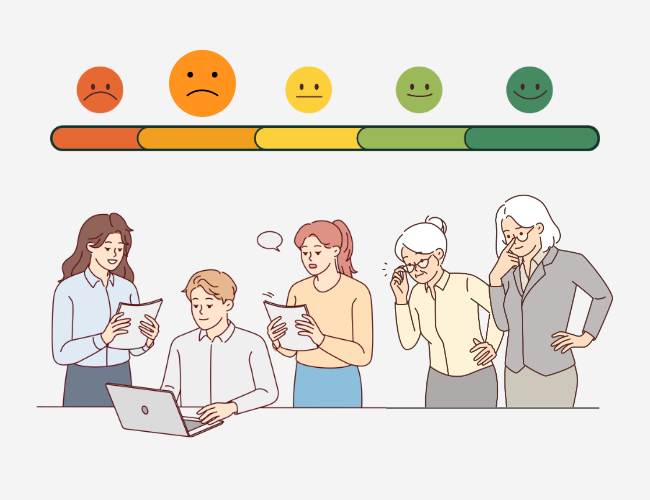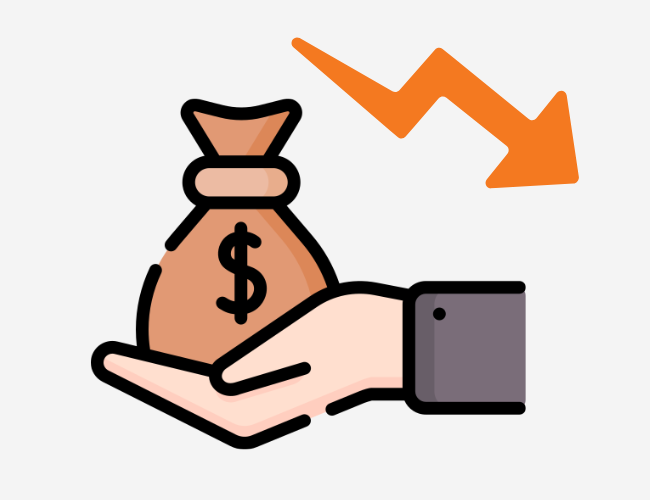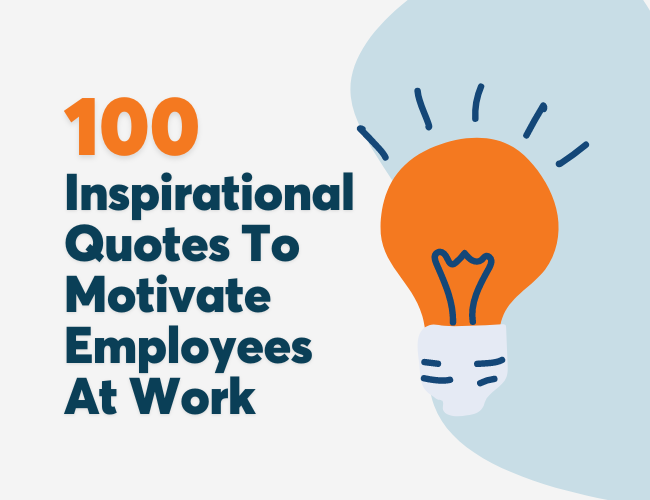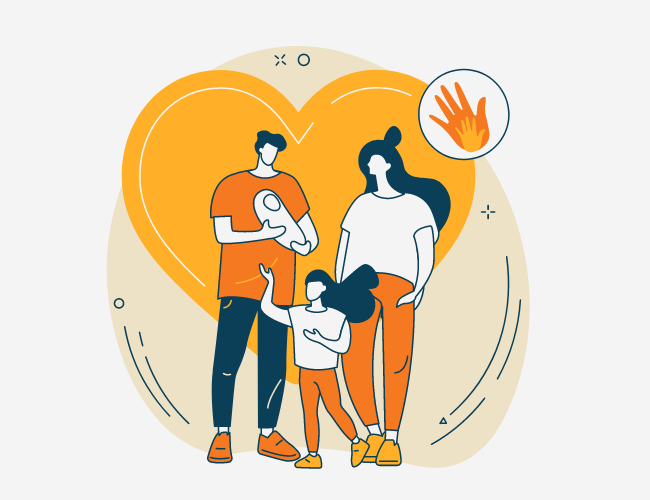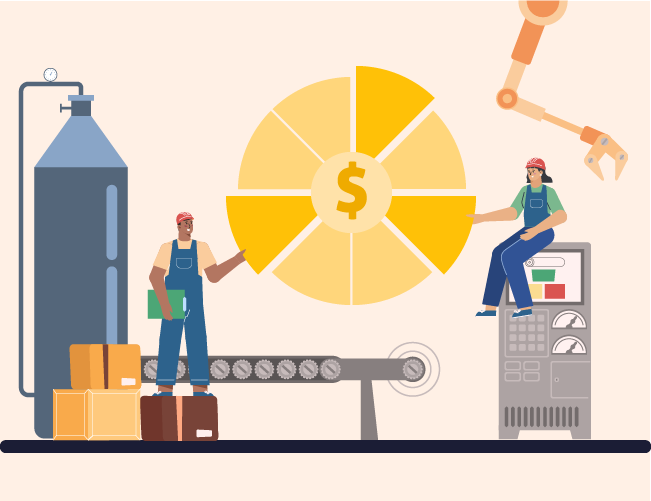The 2020 Women in the Workplace report highlights how women, especially women of color, have been disproportionately been impacted by COVID-19. They are more likely to have been laid off or furloughed as well as three times as likely as working fathers to be handling a majority of housework, including increasing childcare responsibilities. The result is that one in four women are contemplating downshifting their careers or leaving the workforce altogether. The long-term impact of women scaling back their careers will be significant. By unwinding years of gender diversity progress, the entire global economy will be negatively impacted, and for companies that stand by and do nothing, their economic prospects will diminish. The evidence showing the benefits of diversity in the workplace are overwhelming, and it would be unwise to reverse the gains that have already been recognized and prevent the future benefits from reaching fruition.
Employer Response
Employers will never be able to properly respond to the challenges their employees experience without fully understanding what those challenges are and which groups are experiencing them the most. The report identified the top six employee challenges during COVID-19: (i) anxiety over layoffs or furloughs, (ii) burnout, (iii) mental health, (iv) childcare and/or homeschooling responsibilities, (v) physical and mental health of loved ones, and (vi) financial insecurity.
An organization’s work policies and benefits have a large impact on the challenges they face. The report found the following factors predictive of whether an employee considers scaling back their career or leaving the workforce:
- Lack of flexibility at work
- Feeling like they need to be available to work at all hours, i.e., “always on”
- Housework and caregiving burdens due to COVID-19
- Worry that their performance is being negatively judged because of caregiving responsibilities during the pandemic
- Discomfort sharing the challenges they are facing with teammates or managers
- Feeling blindsided by decisions that affect their day-to-day work
- Feeling unable to bring their whole self to work
Although these factors impact all employees, some groups of women experience them at higher rates, making the pressures to pull away from work even stronger relative to their male counterparts. For example, working mothers are more likely than working fathers to be concerned that the impact of caregiving responsibilities on their work performance are being viewed negatively by their employer. Also, women in senior leadership are more likely than men at the same level to feel as though they are “always on.”
Many employers are stepping up, but as shown by the number of women expressing changes to their long-term careers, it is clearly not enough. For example, many employers have increased communication and awareness of their current financial position and existing benefits. Some have expanded certain benefits, such as mental health resources, but most have not addressed the underlying problems contributing to employee burnout. For example, less than a third of companies have adjusted their performance review criteria to account for the challenges created by the pandemic. Only about half have updated employees on their plans for performance reviews or their productivity expectations. The result is that working parents are expected to meet the same performance expectations while addressing extra childcare demands and stressors. Since the burdens of COVID-19 disproportionately impact women, they are responding, and rightfully so, in ways that set back so much of the progress that has been made over the years.
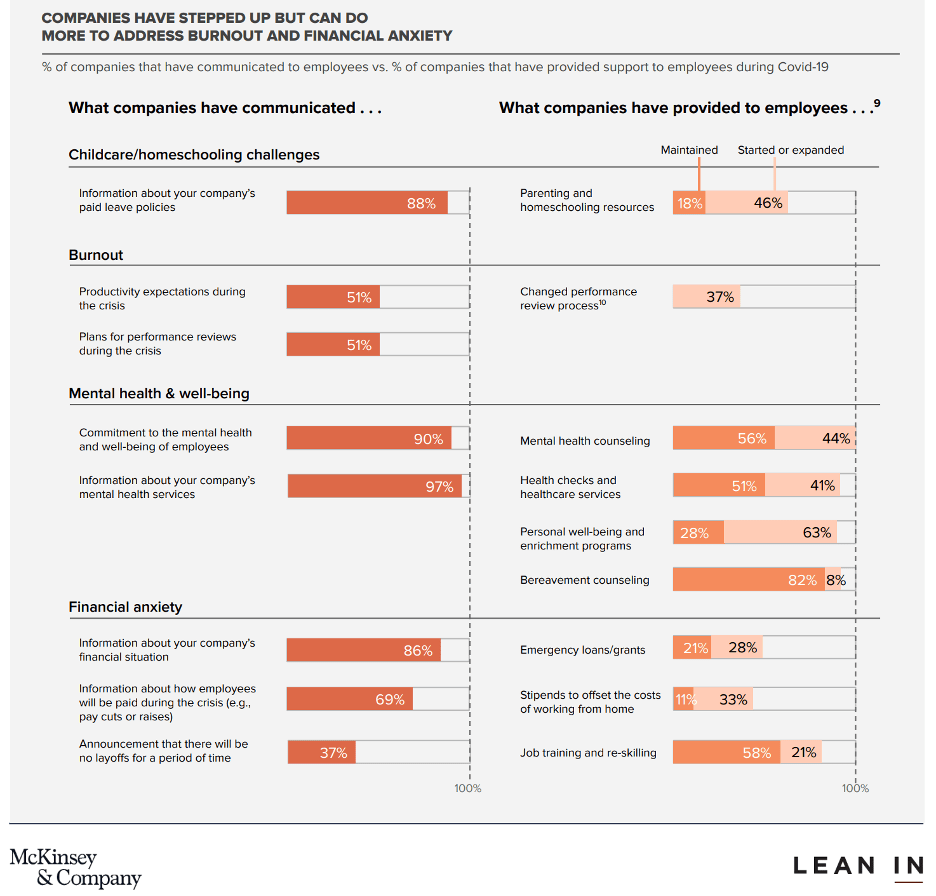
Employers need to respond to the challenges and underlying causes reversing gender diversity in corporate America. If targeted actions are not taken, the economic prospects of their organizations and community will be adversely impacted. All types of diversity, including gender, are important for creating welcoming cultures that improve productivity and business success. These cultures benefit all employees, and organizations benefit from less stressful environments and diverse thoughts and ideas.
About The Report
Women in the Workplace is the largest comprehensive study of the state of women in corporate America. It was launched in 2015 and is conducted annually. Developed by McKinsey & Company and LeanIn.Org, the report surveyed more than 40,000 employees at 317 companies.




